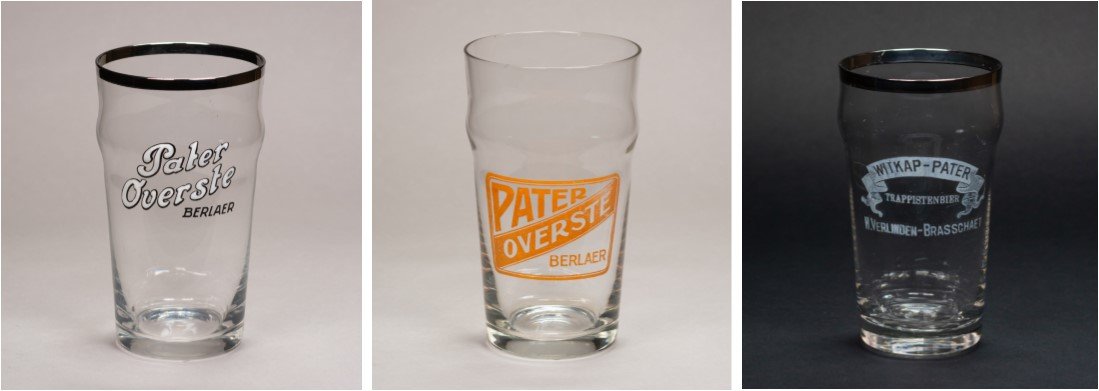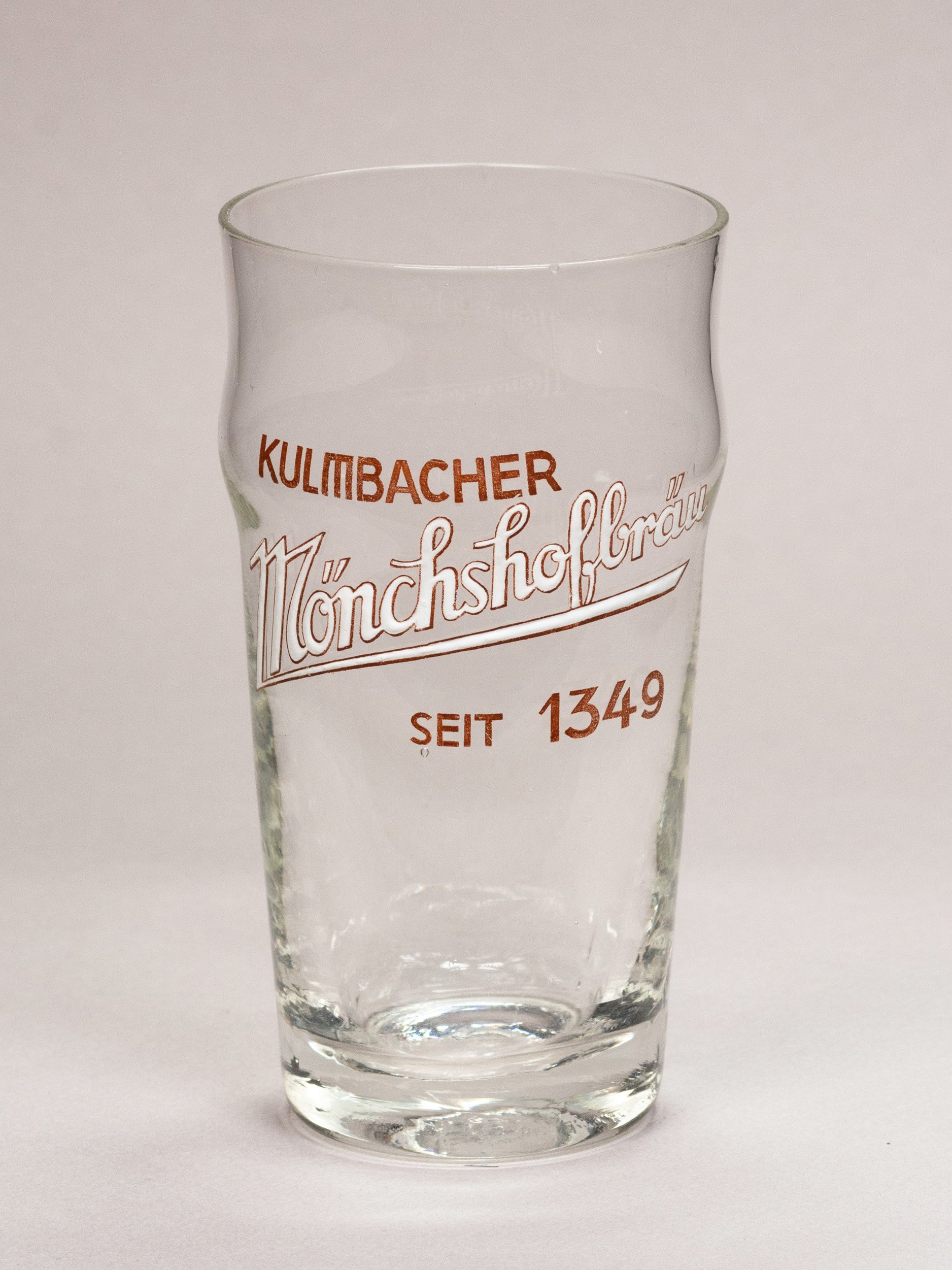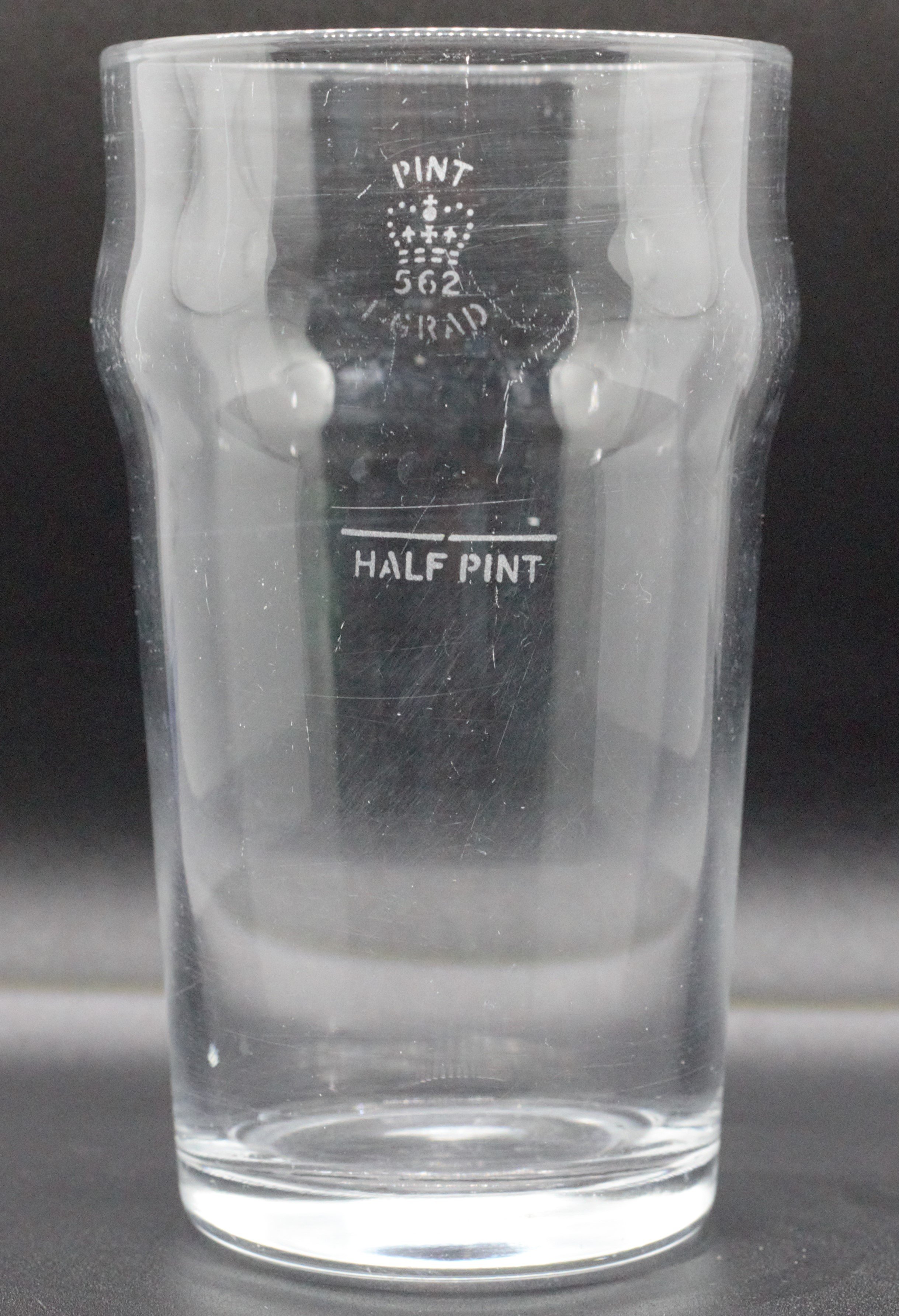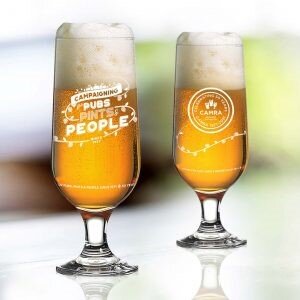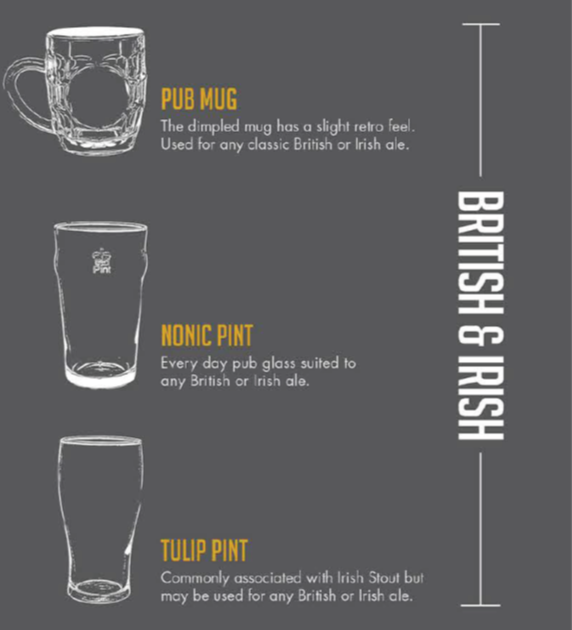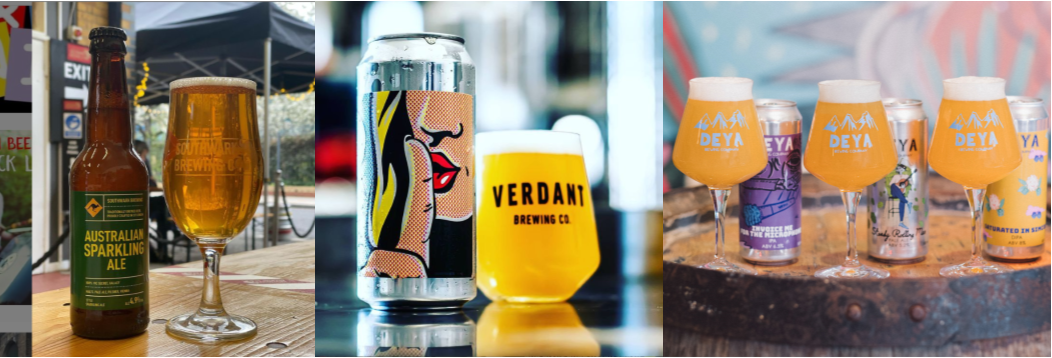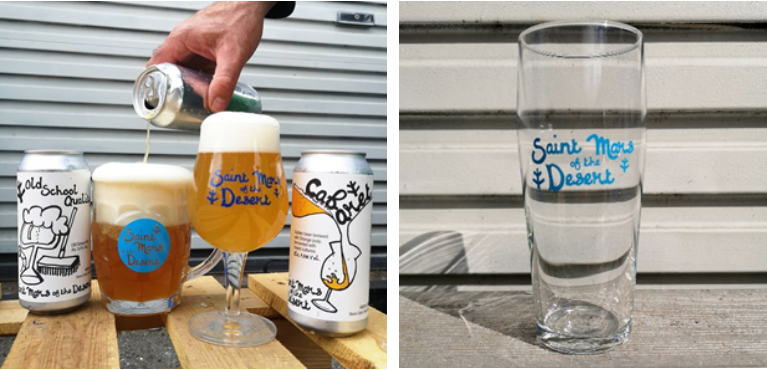Dillingham is the General Manager, Production Manager and partner at the brewery and certainly does not have a traditional commute. After several years and several moves, progressively getting further from the metropolitan Seattle area (where Métier is located) to find a good quality of life at an affordable price, he now lives 120 miles from the brewery in Grays Harbor County. To accommodate the distance, his role within the organization had to change. He now performs several of his duties remotely, commuting just a few days a week.
On the days he does commute, Dillingham will often listen to music. Occasionally he’ll call into a meeting. Sometimes, though, he simply tries to enjoy the silence.
Opening new facilities/changing place of employment
As he’s no stranger to a tough commute, and understanding of its detriments, Dillingham has been discussing the opening of a second facility with his staff since early on in the process to determine how to make it work. Employers must be clear upfront about where a job will be located, and understanding that employees often consider that information when seeking a job. Conversations with staff are important if a new facility’s location will impact them, especially if there’s the possibility for a longer commute.
Métier recently announced its newest facility will be in partnership with the Seattle Mariners. It’s named “Steelhead’s Alley” in honor of the 1946 Negro league baseball team the Seattle Steelheads. The facility will be a brewery, taproom and event space. And they’re not stopping there. The brewery is currently looking for another production facility location in Seattle.
Back in the northeast, while Allan was aware early on of Notch’s plans to expand, and understanding of why it ultimately landed in Boston, it was a big concern for her. It added forty-five minutes to her commute, ironically, back to the city where she lived when she bought her Fiat. On top of the longer distance, the new facility is only brewing Czech lager, and as she says “a Czech lager day can be anywhere from ten hours to sixteen hours depending on how many decoctions it is.” Notch founder and Head Brewer Chris Lohring recognizes this, saying “yeah, if you’re brewing Czech lager, you want to live close.”
The reality is few have the luxury of an ideal commute and an ideal job. Accordingly, employers and employees should work together to make the situation the best it can be. This is what Lohring and his staff have done at Notch. With two facilities now, he’s happy to assign staff where it’s convenient for them, to the extent possible. Lohring also provides flexibility by letting the production team set its schedule, which can allow for commutes at off-peak times.
Recognizing the burdens of the additional commute, Lohring makes efforts to help alleviate the impact. Speaking of brew days at the new facility in Boston, while she didn’t love the commute, Allan says “when you’re there, it’s so wonderful getting to share the experience and the knowledge with the other brewers, and just hanging out. Everyone gets lunch, everyone gets dinner, everyone gets a hotel room. He’s (Lohring) very accommodating to people’s time in that way.”
Commutes and Wellness
Breweries that genuinely care about their staff should consider the mental and physical health issues that a commute can cause. Exhaustion, stress, anxiety et. al. can all result. Aside from the personal toll this takes on an individual, it can lead to unproductive and dangerous work environments.
Communication, flexibility in work schedules and fostering wellness at and outside of work are some tools to mitigate these impacts. Often, changes can be made that meet staff needs and still allow the brewery to hit production targets. Without making use of initiatives like these, breweries are more prone to staff burnout and turnover as suggested by several interviewed here.
Fava says that after Oxbow implemented the 4/10 workweek, he noticed much more watercooler discussions by staff about the activities they do outside of work. Their personal lives seemed to improve, and it accordingly improved their well-being on the job. It became clear that having conversations with staff to understand their concerns and preferences on issues like this was so important to keeping them happy, and as a result, making them better employees.
Bolstering the quality of employee’s time off the clock, Oxbow got lower premiums for their insurance by offering staff a stipend if used for healthcare-related activities (e.g. gym memberships, ski passes, yoga classes). Financially, it’s nearly a wash for the brewery, but the benefits can be tremendous. Implementing a measure like this may require a little bit more effort on the admin side for a brewery, but again, those that truly care about their employees, and want to retain them, should be willing to do it.
Breweries that can provide lodging at or near a brewery need to be cognizant of the potential adverse impacts of those arrangements. First, parameters must be set to avoid inappropriate behavior. It must be clear what is and what is not acceptable. Having these identified can help everyone feel safe and welcome, and help if an employee needs to be terminated.
Beyond that, some of the issues that may arise will seem very familiar to those that have been thrust into a home/work environment since the onset of Covid-19. If the situation is not properly managed, with work and home life separated, it can be unhealthy.
Staff work hours should always be respected by management. Of course, an emergency can be an exception, but owners should otherwise not allow staff to pitch in during their off time. Further, brewery operations and staff housing should be physically separated as much as possible. People simply need quality downtime from work. Away from work.
Having experienced it himself, Labendz sees the challenges. He now finds that distancing himself from his brewery has several benefits. It allows him to be much more “present” when he’s at work, and when he’s home. He now lives with his significant other, and says “I’m not totally surprised that removing myself from living at the center of my work allowed me to be a better partner.”
Communication, Understanding and Leadership
Further acknowledging Lohring’s efforts to address burdens on his staff at Notch, Allan says “he’s very present in the struggle. He understands.” It’s not surprising as there can be a built-in appreciation of the challenges by ownership when they’re brewers too. As Lohring points out, non-brewer owned breweries have a “different mentality.”
This can show when discussing shift times and providing flexibility. Some operations may be less inclined to consider staff input. Fava says “I think those are some decisions that are certainly financially driven and growth-driven and come with the territory. I think there is a choice there.”
This doesn’t mean all non-brewer owned companies are unwilling to listen and learn from their staff. Communication and education with management/ownership and staff should be a two-way street. That’s quite important for owners to recognize. As Allan says “we need leadership at breweries that make these rules and implement these policies on behalf of other people’s well-being, because if a company doesn’t know that they should be doing it, then they won’t.”
Career Building
As commutes come with costs and people often choose where they live based on housing prices, staff wages need to be part of these industry-wide conversations, particularly as employees gain experience and provide greater value to an organization.
It’s not uncommon for breweries to be located in unaffordable areas. Young brewers willing to live in less than ideal housing situations can often make it work early in their career to be close to work. Those getting older, and looking to settle down, will likely look for other arrangements. Without a significant salary increase, this means a need to either move further away from the expensive neighborhoods or find another career altogether.
Dillingham thinks a reassessment of how brewers are valued is needed. He notes, “we’ve come too far as an industry now over the last twenty or thirty years to say anymore that we’re just a motley crew of hourly workers and misfits…these are skilled professionals and people have to be seen and compensated that way.” To him, it’s worth it to pay people better, instead of treating them as disposable and just bringing on another young person. By doing so, brewers will be able to create a sustainable career, provide for their family, should they chose to have one, and create a better quality of life.
Almost Home
Fava recently left his job at Oxbow (at the time we initially spoke, he was still an employee and spoke freely). Since he was able to work a fair amount where he lived in Portland, his commute wasn’t necessarily a factor in his decision to leave. It was simply time for a change.
These days, his average commute time is fourteen minutes by bike to Novare Res, the well-known beer bar in Portland, where he’s the general manager. He used to play rolodex roulette on his long rides, where he often was able to catch up with old friends. The downside of his new commute is not being able to talk to these folks as much anymore.
Not surprisingly, the commute from Maine proved to be too much for Allan. Her last day of full-time employment was September 1st. Lohring was shocked she lasted as long as she did after her move. “The day she told me she was moving to Portland, I knew her time was coming to an end. A four-hour commute is not sustainable”, he said.
Her role in the #MeToo movement has ignited a passion that she is supporting by going back to college to study human resources. She now speaks to people regularly on issues related to diversity, equity and inclusion, and will continue advocating for brewers and others in the industry. This includes participation in the Brave Noise initiative, the #NotMe platform, and Women of the Bevolution.
Home
The thousands of breweries that have opened in the last decade or so need to mature to sustainably grow. It has become incredibly clear that these businesses need to step up their human resource efforts. Yet, it’s not just the smaller operations that struggle with these issues. Numerous examples have been revealed just in the recent months where large breweries have failed their staff in this regard (e.g. Mikkeller, BrewDog, and Goose Island.)
Breweries of all sizes need to comprehensively and equitably think about their employee’s well-being on and off the clock. Staff commutes are one component of this. The tools are available to make a difference. It’s up to each brewery to decide whether to use them.
(Note: photos included in this post were provided by those photographed.)


